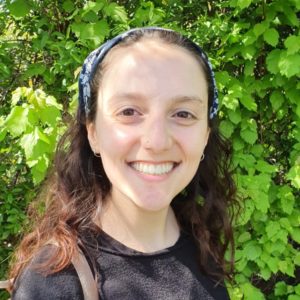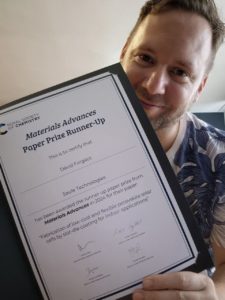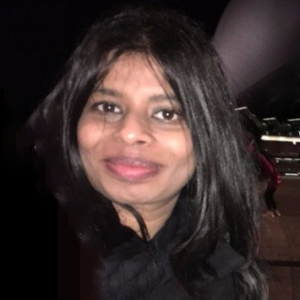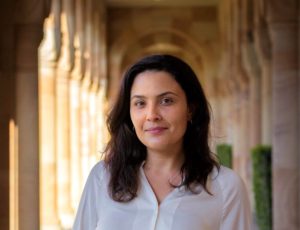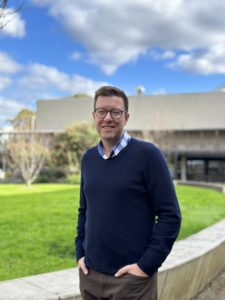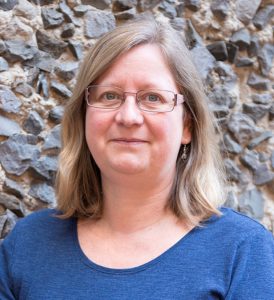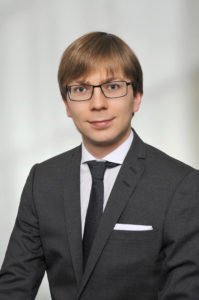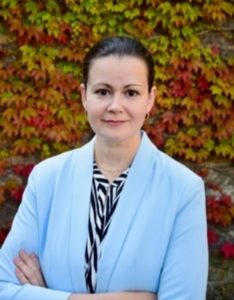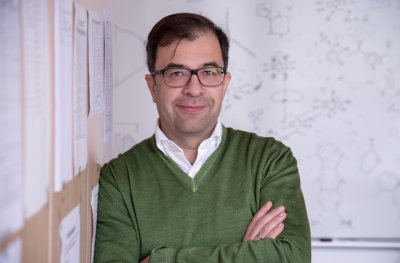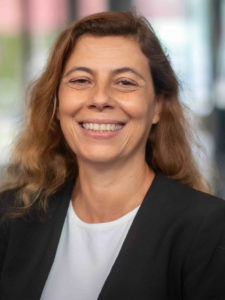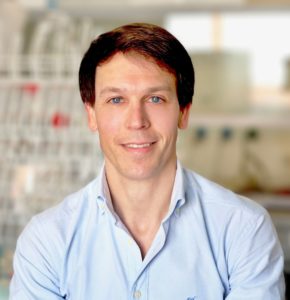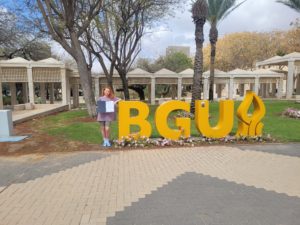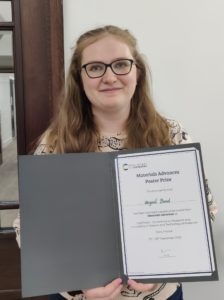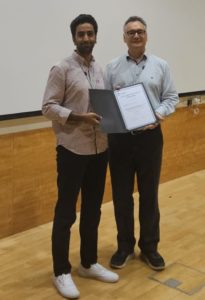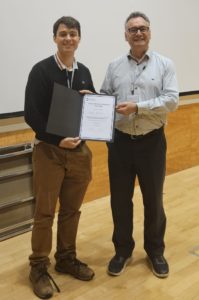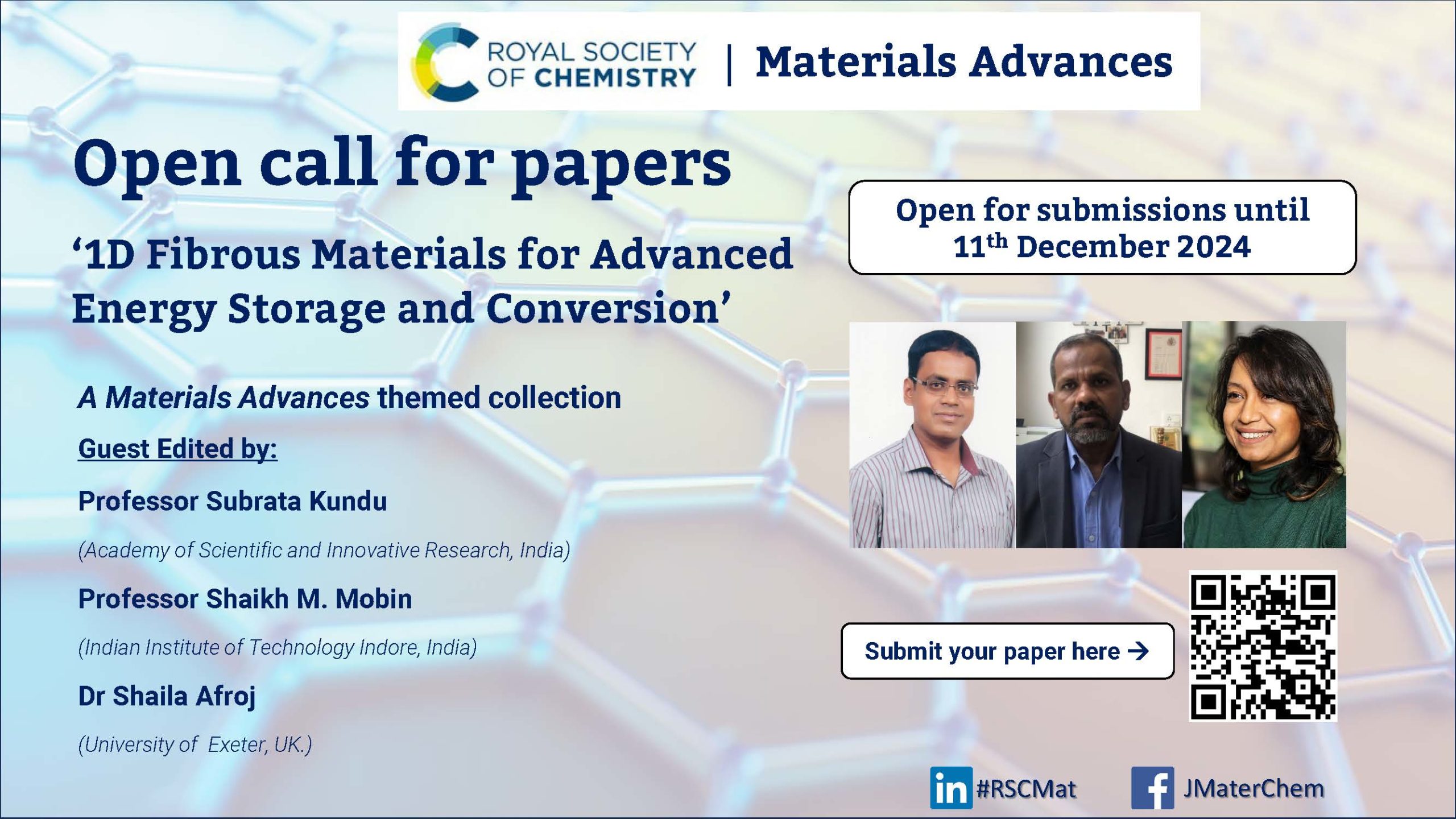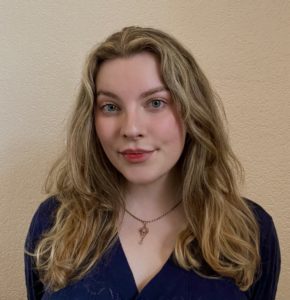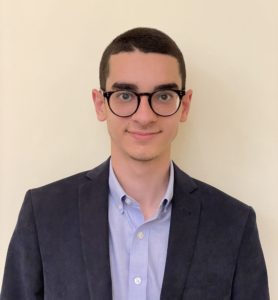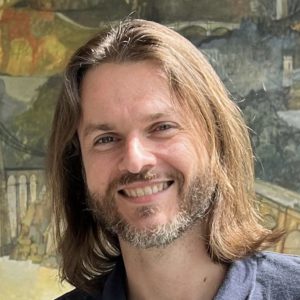Engineering of soft materials for healthcare, energy and environment
Themed collection open call for papers
As we navigate the challenges of the 21st century, the engineering of soft materials will undoubtedly continue to play a crucial role in shaping a healthier, more sustainable, and resilient world. The rapid advancement of science and technology has brought unprecedented opportunities and challenges in various sectors, particularly in healthcare, energy, and the environment. Among the myriad of innovations, the engineering of soft materials stands out as a field of immense potential and transformative impact.
In the realm of healthcare, soft materials have revolutionized drug delivery systems, tissue engineering, and medical devices. Their biocompatibility, flexibility, and tunable properties enable the creation of innovative solutions that improve patient outcomes and quality of life. Energy sustainability is another critical area where soft materials play a pivotal role. From flexible solar cells and energy storage systems to smart grids and energy-efficient devices, the applications are vast and varied. This is the time to explore how the unique characteristics of soft materials contribute to the development of sustainable and renewable energy technologies, paving the way for a greener future. Environmental challenges, such as pollution and resource depletion, require innovative approaches for mitigation and management. Soft materials offer promising solutions for water purification, air filtration, and waste management.
This collection, spanning the Journal of Materials Chemistry A, Journal of Materials Chemistry B, Biomaterials Science, and Molecular Systems Design & Engineering, focuses on the engineering of soft materials for advanced science and technology in healthcare, energy, and the environment, aiming to create a better world for future generations. The scope of this collection also aligns with 6th International Conference on Soft Materials to be held at Universitat Rovira i Virgili, Tarragona, Spain during November 17-20, 2024.

This themed collection is guest edited by Kamlendra Awasthi (MNIT Jaipur, India), Eduard Llobet Valero (Universitat Rovira i Virgili, Tarragona, Spain), Anjali Awasthi (University of Rajasthan, Jaipur, India) and Fatima Ezahra (Universitat Rovira i Virgili, Tarragona, Spain)
Submissions open until 31 March 2025
How to submit
Submissions to the journal should fit within the scope of either Journal of Materials Chemistry A, Journal of Materials Chemistry B, Biomaterials Science or Molecular Systems Design & Engineering and we encourage authors to select the journal they feel is best suited to their work– Please see the journal’s website for more information on the journal’s scope, standards, article types and author guidelines. All manuscripts will undergo the normal initial assessment and peer review processes, if appropriate, in line with the journal’s high standards, managed by the journal editors. Accepted manuscripts will be added to the online collection as soon as they are published and they will be featured in a regular issue of the relevant journal. Please note that peer review or acceptance are not guaranteed.
For this collection, we strongly encourage primary research in the way of Full Papers or Communications. If you are wanting to submit a review-type article, please check with the Editorial Office first for pre-approval and to avoid topic overlap.
If you would like to contribute to this themed collection, please submit your article directly through the journal submissions platform. Please mention that your submission is a contribution to the Engineering of soft materials for healthcare, energy and environment collection in the “Themed issues” section of the submission form and is in response to the Open Call. The Editorial Office reserves the right to check suitability of submissions in relation to the scope of both the journal and the collection, and as such inclusion of accepted articles in the final themed collection is not guaranteed.
If you have any questions about the collection or the submissions process, please do contact the Editorial Office at materialsb-rsc@rsc.org and they will be able to assist.
Your institute may have a Read & Publish agreement in place with the Royal Society of Chemistry. This means that you may be able to publish gold open access for free in all the hybrid journals we publish – maximising the visibility and impact of your article to the broadest possible audience. Your institution’s agreement may already include the article processing charge for publishing as a corresponding author. Check here to find out more and to see if your institution has an R&P deal in place.
Potential topics/themes for the collection include but are not limited to:
SOFT MATTER: Active Matter; Biological Matter; Dynamics of Complex Fluids; Living Matter; Liquid Crystals; Self Assembly
COLLOIDS AND INTERFACE: Gels and Hydrogel; Nano and Microfluidics; Surfactants & Lipids
POLYMERIC MATERIALS: Biodegradable Polymers; Elastomers; Membranes; Polymer Interfaces; Polymer Separation and Filtration
POLYMER PHYSICS: Amorphous and Structured Polymers; Physical Properties of Soft Materials; Rheological Aspects in Polymers; Theory and Simulation of Polymers
POLYMER FOR BIOLOGICAL APPLICATIONS: Bio-Inspired Materials; Bioimaging; Biosensors and BioMEMS; Drug Design and Delivery; Tissue Engineering
SOFT MATERIALS FOR ELECTRONICS APPLICATIONS: Flexible Electronics and Storage; Organic Electronics; Patterned Nanostructures; Flexible Sensors
FUNCTIONAL MATERIALS: Block Copolymers Nanolithography; Functional Polymers; Nanocomposites and Hybrid Materials; Polymer Nanocomposites; Soft Nanofabrication
MATERIALS FOR ENERGY APPLICATION: Battery and Fuel Cells; Biofuels and Bioenergy; Hydrogen Generation and Storage; Gas Sensors; Solar Cells (Organic and Hybrid); Thermoelectric Materials; 2D, COF, MOF materials for Energy Conversion and Storage
We look forward to receiving your submissions!











